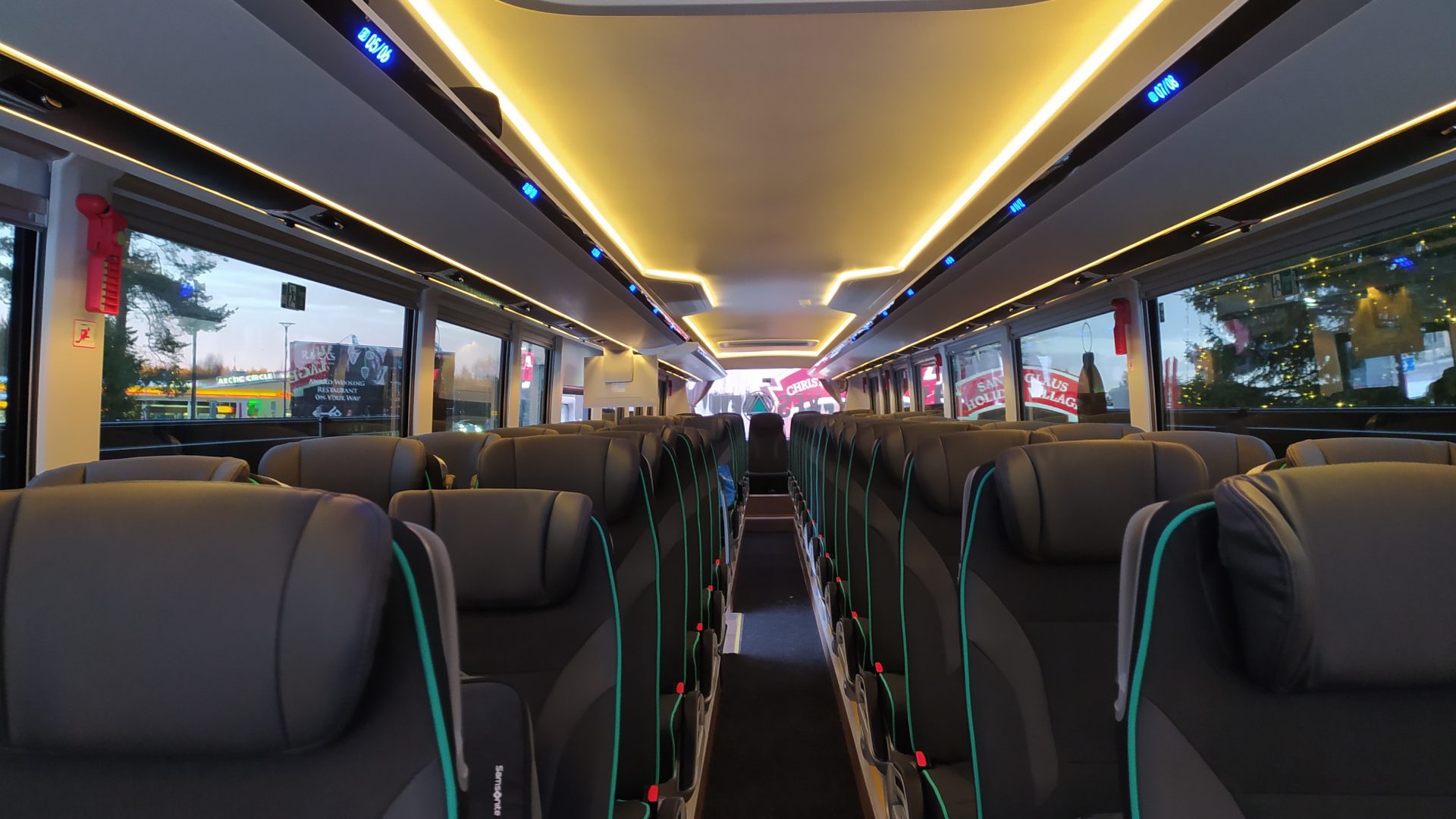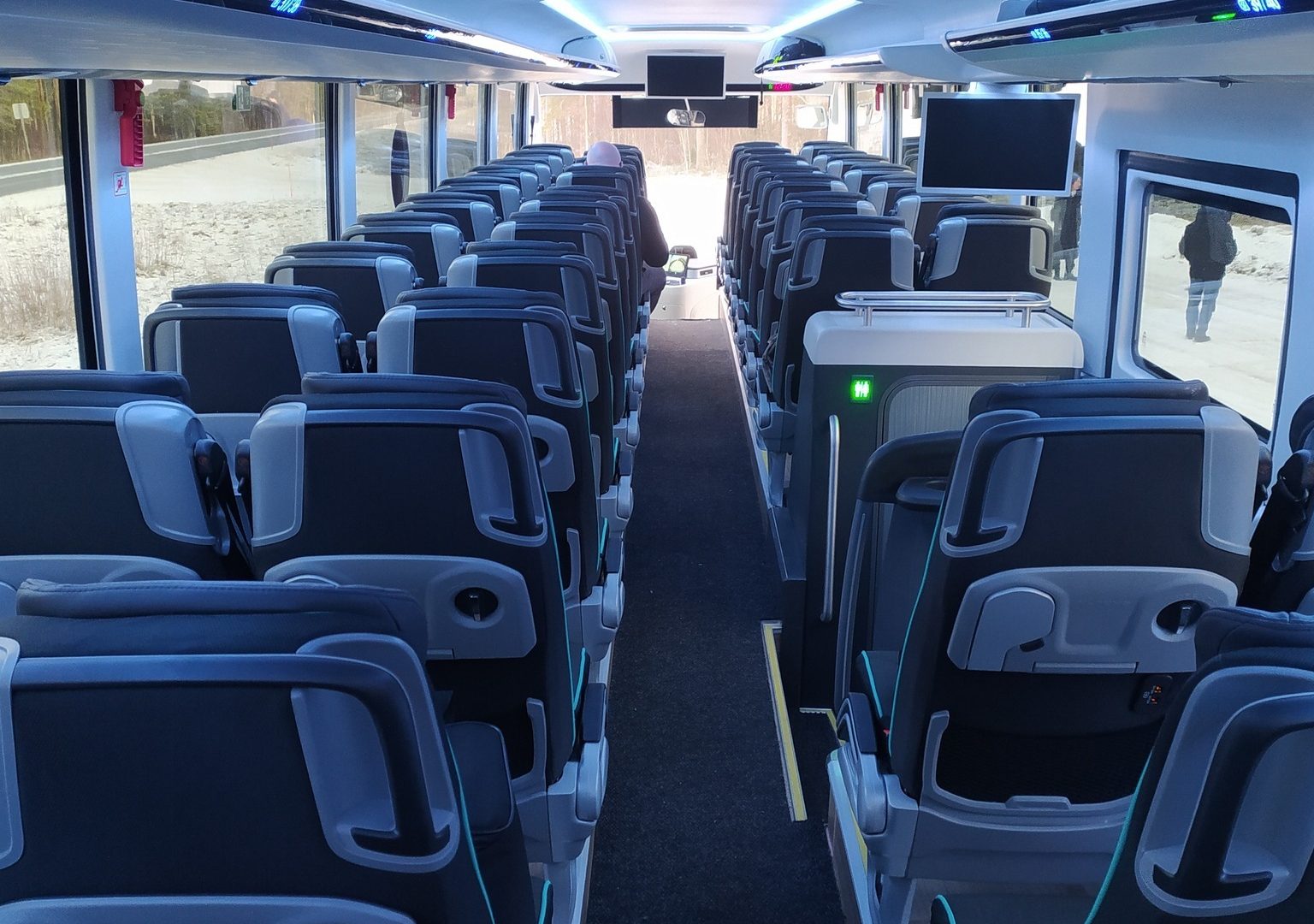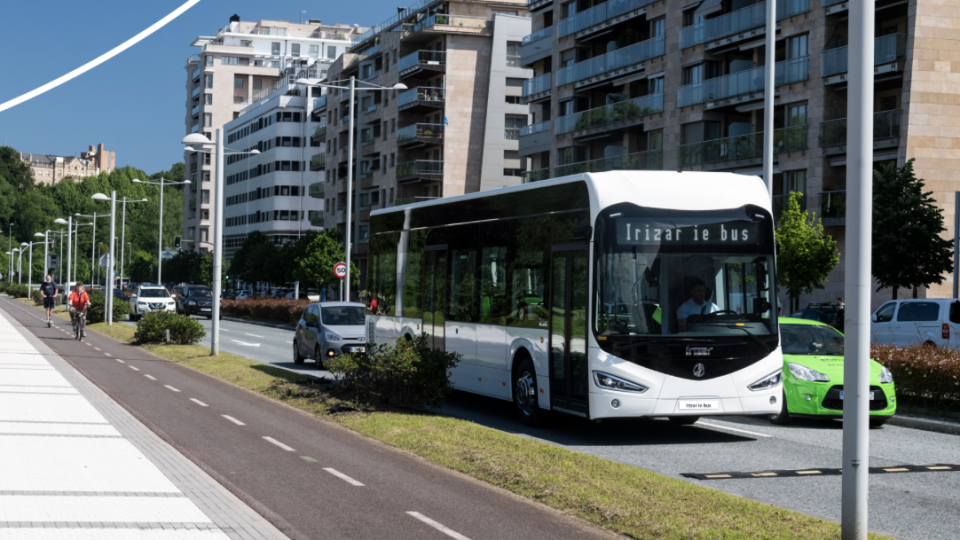We traveled to Lapland aboard Yutong’s T15E electric coach
On Sunday 8 December we packed our suitcase with warm clothes and flew to Oulu, Finland, to prepare for what Yutong defined as the “Extreme Cold Challenge”. Yes, because on Monday the 9th we left, heading to Rovaniemi, in Lapland, in the Arctic Circle. A journey approximately 220 kilometers long that we have on board […]

On Sunday 8 December we packed our suitcase with warm clothes and flew to Oulu, Finland, to prepare for what Yutong defined as the “Extreme Cold Challenge”. Yes, because on Monday the 9th we left, heading to Rovaniemi, in Lapland, in the Arctic Circle.
A journey approximately 220 kilometers long that we have on board the electric coach of the Chinese manufacturer, the T15E. It is a 15 meter long tourist vehicle (14,950 millimeters to be precise) with three axles, with a battery capacity (supplied by CATL) of 630 kWh, for a range of 550 kilometres.


Well, we left in the late morning with the charge almost full (above 90 percent) and we traveled the two hundred and twenty kilometers taking a few breaks. So we arrived at our destination in the early afternoon, after about three hours of travel, and the charge was still above fifty percent: 54% to be precise. About twenty people on board, out of the 61 that the bus is able to transport (plus driver and hostess/stewart) and we traveled with the heating always on.
Once we arrived in Rovaniemi, it was time to recharge the vehicle: it takes 140 minutes to fully recharge the battery packs.

It is worth underlining the excellent passenger capacity, which however is a little to the detriment of comfort, which is nevertheless sufficient: the rows of seats (reclining, with armrests only on the aisle side) are close together and for those of considerable height the legroom is a little tight, but still superior to what we find on a low-cost flight. Furthermore, the seats are narrow and if you travel with a seat companion, comfort is at a loss (in the model tested there is no footrest). The internal height of the Yutong battery-powered coach is 2,030 millimetres, while the volume of the luggage compartment is significant: 8.5 cubic metres.





That said, the travel experience on icy roads and in temperatures from -10 to -5 (because low temperatures are one of the main challenges of electric buses and coaches) was pleasant, facilitated by the zero-emission powertrain and vibrations reduced to a minimum. The axles are all made by ZF. Finally, a mention for the mirrorcams instead of traditional mirrors and the 360° view from above which helps the driver quite a bit.
Yutong’s presence in Scandinavia is important: for years the Chinese OEM has had Northern Europe in its sights – together with Italy and the Eastern markets: in Denmark Yutong’s market share for e-buses is well above 60% and the Finnish, Norwegian and Swedish market, historically occupied by local manufacturers such as Volvo and Scania, is a conquering ground for the Zhengzhou company, which compared to the aforementioned competition can count on a battery-powered coach.








